Make-Ahead Cinnamon Rolls (4 ways!)
Cinnamon rolls are a decadent, drool-worthy brunch treat, but you know what’s not drool-worthy? At least not in a good way…waking up at the freakin’ crack of dawn to make cinnamon rolls for a brunch party or holiday treat. Solve that problem and get piping hot make-ahead cinnamon rolls with one of these 4 methods.
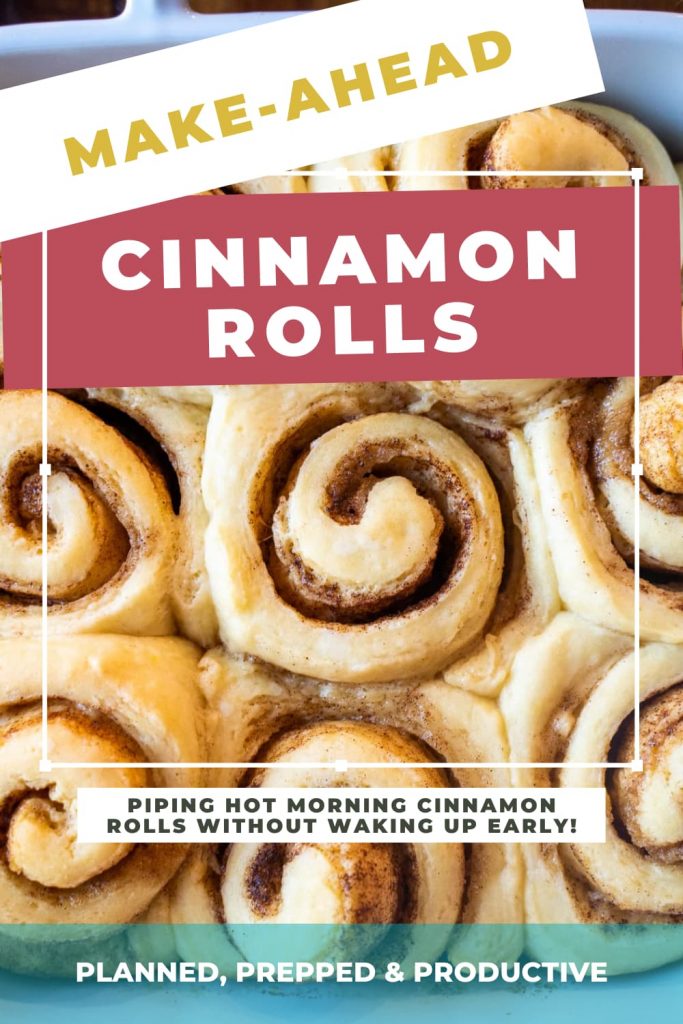
Is there anything better than a piping hot cinnamon roll first thing in the morning with your family for a special holiday or weekend brunch treat? I am a HUGE fan of a soft, sweet, warm cinnamon roll basically any time.
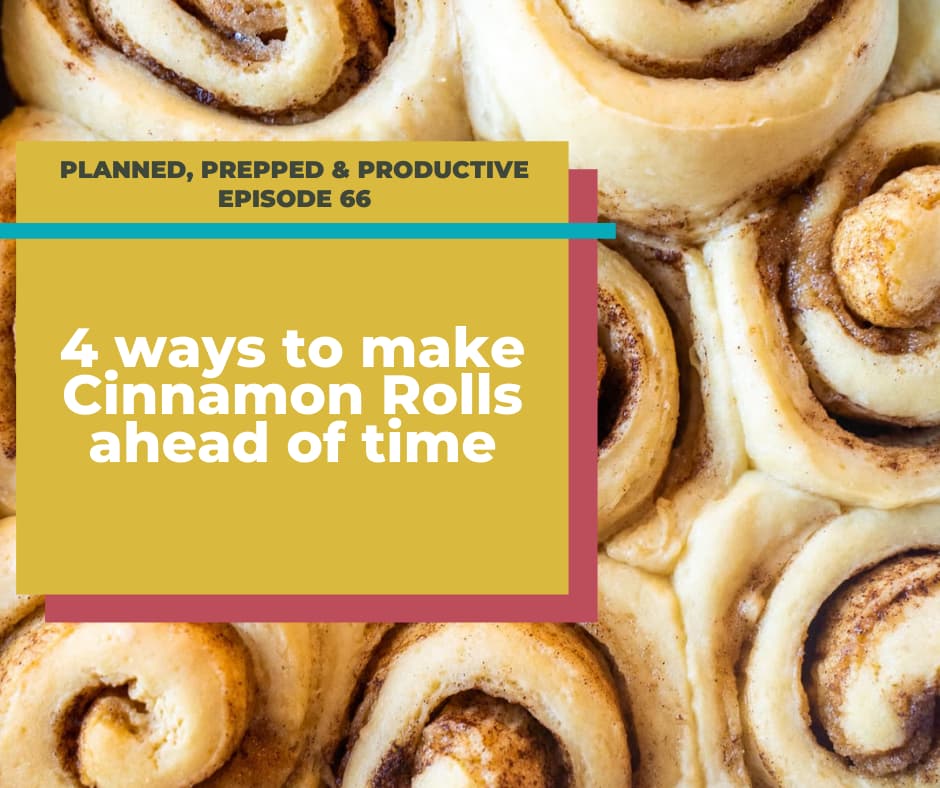
You know what I’m not a fan of?
Waking up at early-as-fetch o’ clock to make those cinnamon rolls happen. No way.
If you’ve followed along the blog or podcast for awhile you know that I love to use #parbaking to solve the problem of waiting for bread to rise and making tasty bread products ahead of time so you can enjoy them whenever you want them (I’m sorry that I shared this, or you’re welcome, depends on your perspective. Ha!)
Parbaking usually works great and leaves me with fresh tasting loaves of bread or other bread products whenever I need them, but when I tried to #parbake cinnamon rolls the technique didn’t work as well as I had hoped, and so I started out on a mission to find the best way to make make-ahead cinnamon rolls once and for all!
In this episode I’m going to share ALL of the ways you can make cinnamon rolls ahead of time, but I’ll make sure to let you know which method is the BEST!
Make-ahead cinnamon rolls (4 ways!)
Should we dig into the 4 methods? Let’s do it!
Method 1: Frozen Dough method
Another method for make-ahead cinnamon rolls ahead of time is to make the recipe as written until just after you’ve cut your cinnamon rolls. At this point, instead of letting them rise for a second time you will put them on a silicon baking mat on a cookie sheet and flash freeze them until solid, then you’ll move them to a freezer bag.
When you are ready to bake you will pull them out to thaw and rise before baking.
This method is not particularly convenient to me if we are having a party or company to enjoy the rolls. It’s a little finicky and time-consuming. I CAN see the merit though if I want to make a big batch of cinnamon rolls, enjoy some of them fresh, and freeze some for another day.
I tried it out and it worked well, but the rise time is pretty significant from frozen so this certainly won’t solve the problem of waking up early if you want to enjoy them in the morning. They tasted great and fresh though so it’s a method to consider if it meets your needs.
Method 2: Full-bake method
By far the easiest way to make your cinnamon rolls ahead of time is the “full-bake” method. In this method you follow the instructions exactly as written, cover and freeze if you won’t be enjoying them for a few days or weeks, or leave at room temperature overnight and re-heat in the oven.
When you reheat be sure to use a low temperature and heat them only until they are heated through so they don’t get overcooked. Try reheating at 250 degrees F for 15-20 minutes. Add your frosting or glaze straight from the oven on the second day (you don’t want to reheat your frosting!) and enjoy.
I love this method because it’s so easy, but your cinnamon rolls might be a touch more dry with this method. I don’t know that anyone would notice or care, but it’s definitely something to consider when choosing which method you will use.
Method 3: Parbake Method
The last method for make-ahead cinnamon rolls is the parbake method.
As I said earlier, normally this is my favorite method and the best/easiest method that produces the best quality products.
Parbaking means partially baking, freezing, and then finishing the baking process at a later date. Technically your products are cooked through when you freeze them, but the goal is to keep them pale and barely cooked so that when you reheat them you can get a nice even browning without over-cooking.
However when I tried my normal method of cooking at a low temperature, the rolls were over-rising. I think the problem was that because of the filling in the center they take longer to bake, and because they were baking at such a low temperature they weren’t getting set they just continued rising and rising.
I was pretty determined to make this method work, so I experimented a little. Here’s how I found works best.
- Reduce the Yeast by 25%-reducing the amount of yeast stops that “oven spring” effect and allows me to parbake them slowly without them over-rising.
- Up the parbaking temperature-cinnamon rolls don’t handle the low temperature parbaking as well as other things like bread and rolls so I bumped the temperature up to 300 degrees to ensure faster par-baking.
Method 4: Overnight refrigerator method
The most common method that I’ve seen on the internet is the the overnight makek-ahead cinnamon roll method. How does it work? Good question. Essentially you make the cinnamon rolls as you normally would, but instead of letting them rise you put them in the fridge overnight and bake in the morning.
This method honestly sounded the most promising to me, until I discovered that basically all of the recipes required that you let the rolls come to room temperature AND let them rise before baking them. It seemed pretty silly to me to even make these ahead if it was still going to take me 2-3 hours in the morning. The plus side of this I guess is that you can get the rolls out of the fridge and then head straight back to bed, but I was looking for a method that let me STAY in my bed for as long as I pleased in the morning.
After a little perusing, I found a tip for #not waking up early to let the rolls rise. The tip is to bake the rolls in a cold oven so that the rolls can get a little extra rise before they start baking. Another tip to make sure they rise enough is to let them rise for half of their proving time on the counter before you refrigerate them. The refrigerator will slow the rising time big time, but this way they should be fully proved when you remove them from the fridge and ready for baking.
I tried this method and absolutely LOVED it. The rolls were totally fresh and totally delicious and it only required 20 minutes of my time on the morning we wanted to eat them.
This method solved the problems and worked well! However, to my surprise, I actually like the overnight method for make-ahead cinnamon rolls the very best. It is the best balance of a quality cinnamon roll with simple and easy instructions that don’t take loads of extra steps or time. It’s a win-win-win for me!
I hope you enjoyed that recipe, it’s our family tradition to make cinnamon rolls for Easter. Maybe you can try one of these methods for your Easter dinner and let me know how it goes!
Next week we’ll have a fun guest on! My sister who is an aspiring life coach will come on to tell us about how our mental health gets in the way in the kitchen, as well as some ways we can take care of our mental health in the kitchen. I’m excited to have her on!
Some drool-worthy sweet roll recipes to try these methods on!
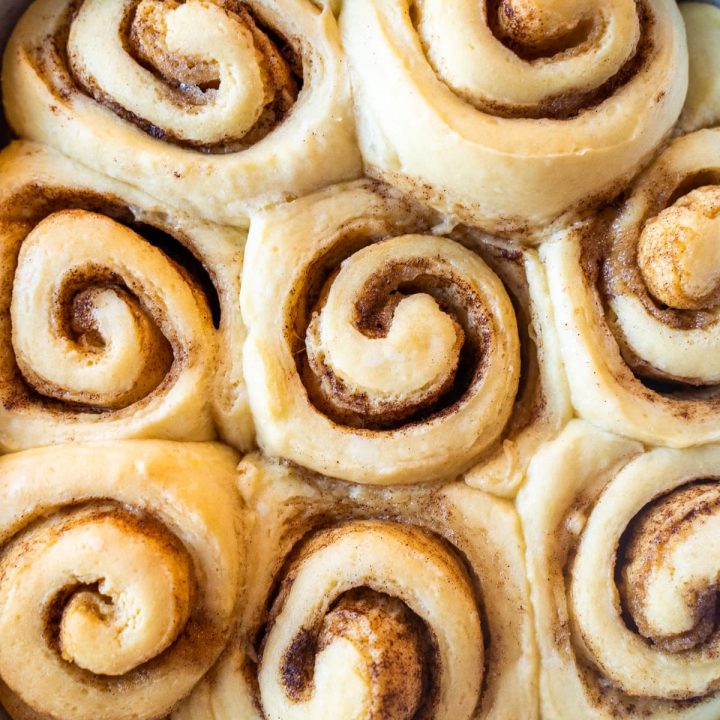
Make-Ahead Cinnamon Rolls
Why wake up early to make cinnamon rolls when you can make them ahead and enjoy them piping hot in 10 minutes? Try one of these ways to make them ahead!
Ingredients
For the Rolls
- ¾ cup warm milk (whole milk or 2% preferred) (110 degrees F)
- 2 ¼ teaspoons quick rise or active yeast (1/4-ounce package yeast)
- ¼ cup granulated sugar
- 1 egg
- ¼ cup unsalted butter, melted
- 3 cups bread flour, plus more for dusting
- 3/4 teaspoon salt
For the Filling
- 1/3 C butter, softened
- 2 tsp cinnamon
- 3/4 C brown sugar
For the cream cheese frosting
- 4 oz cream cheese
- 4 oz butter, softened
- 1 C powdered sugar
- 1 tsp vanilla extract
Instructions
Nutrition Information:
Yield: 12 Serving Size: 1Amount Per Serving: Calories: 416Total Fat: 21gSaturated Fat: 13gTrans Fat: 1gUnsaturated Fat: 7gCholesterol: 70mgSodium: 281mgCarbohydrates: 51gFiber: 1gSugar: 25gProtein: 6g
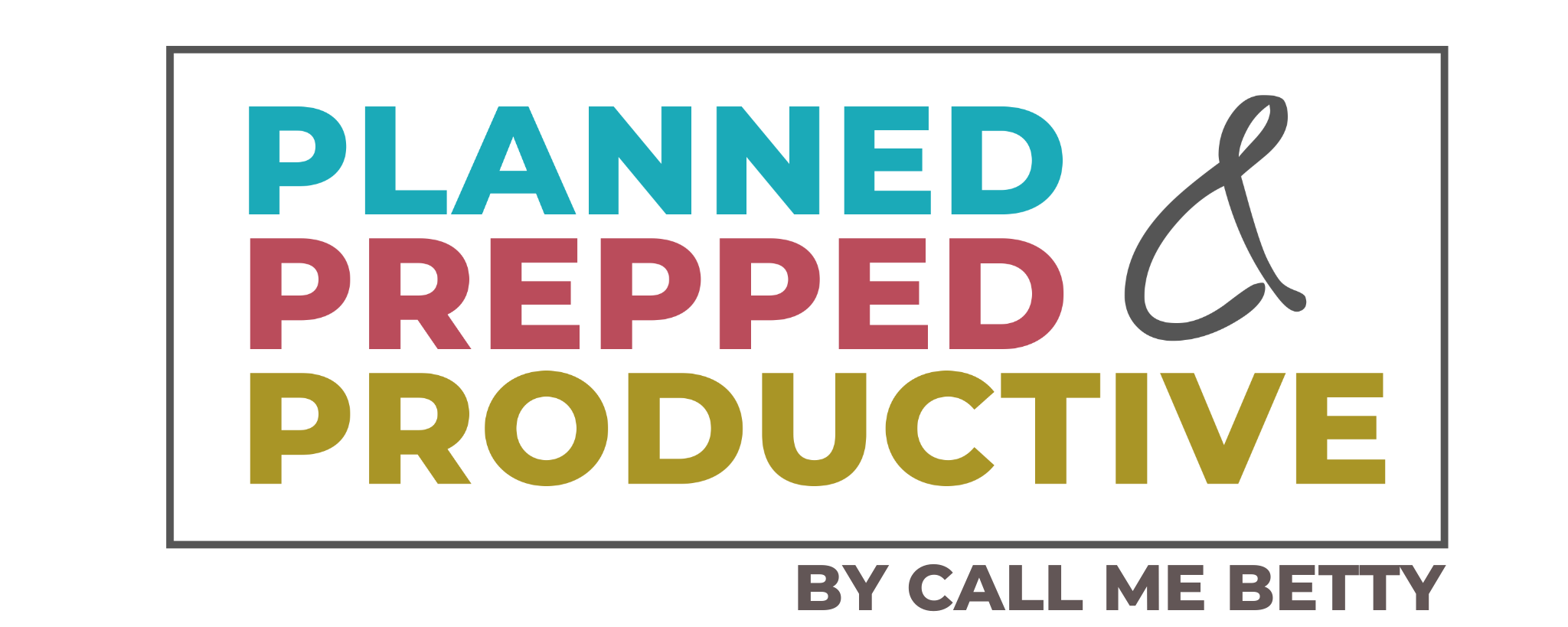


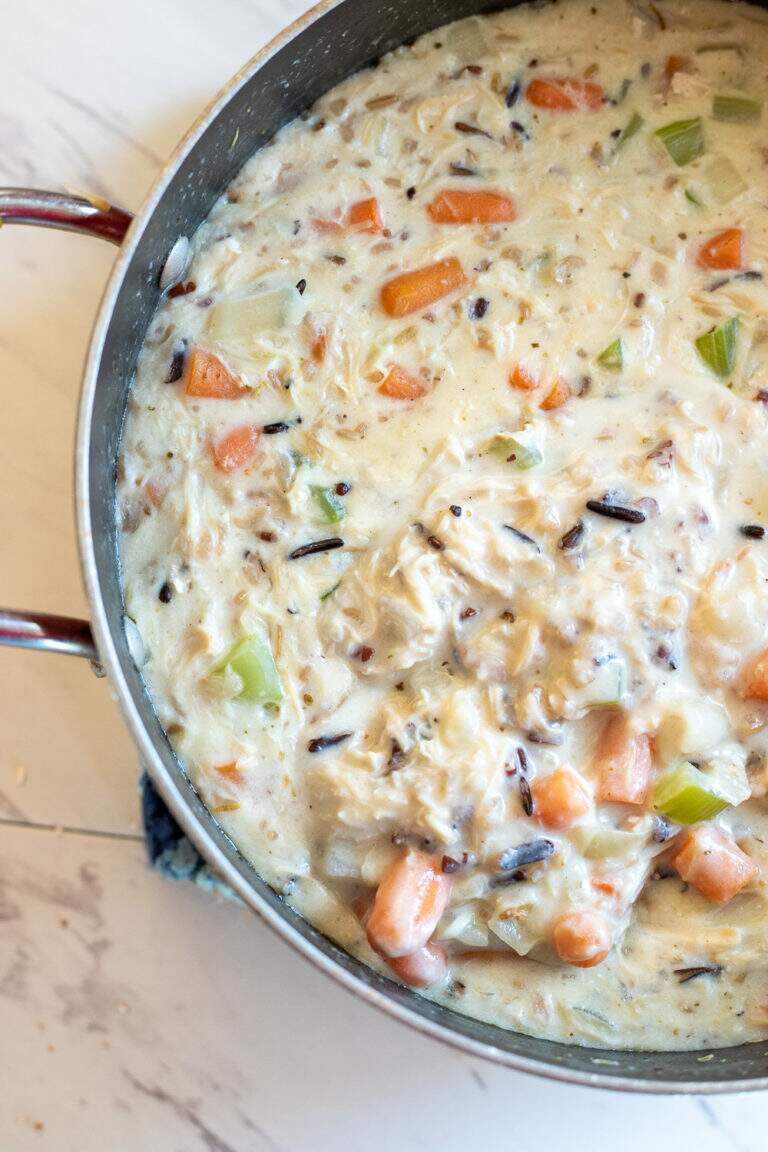
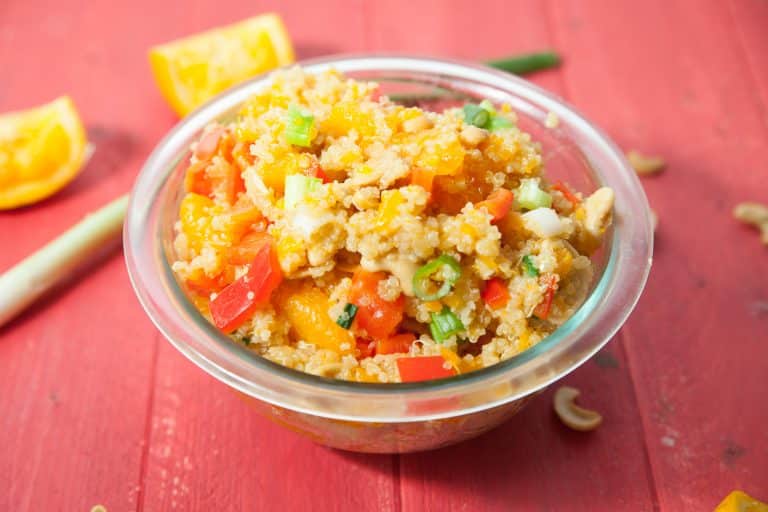
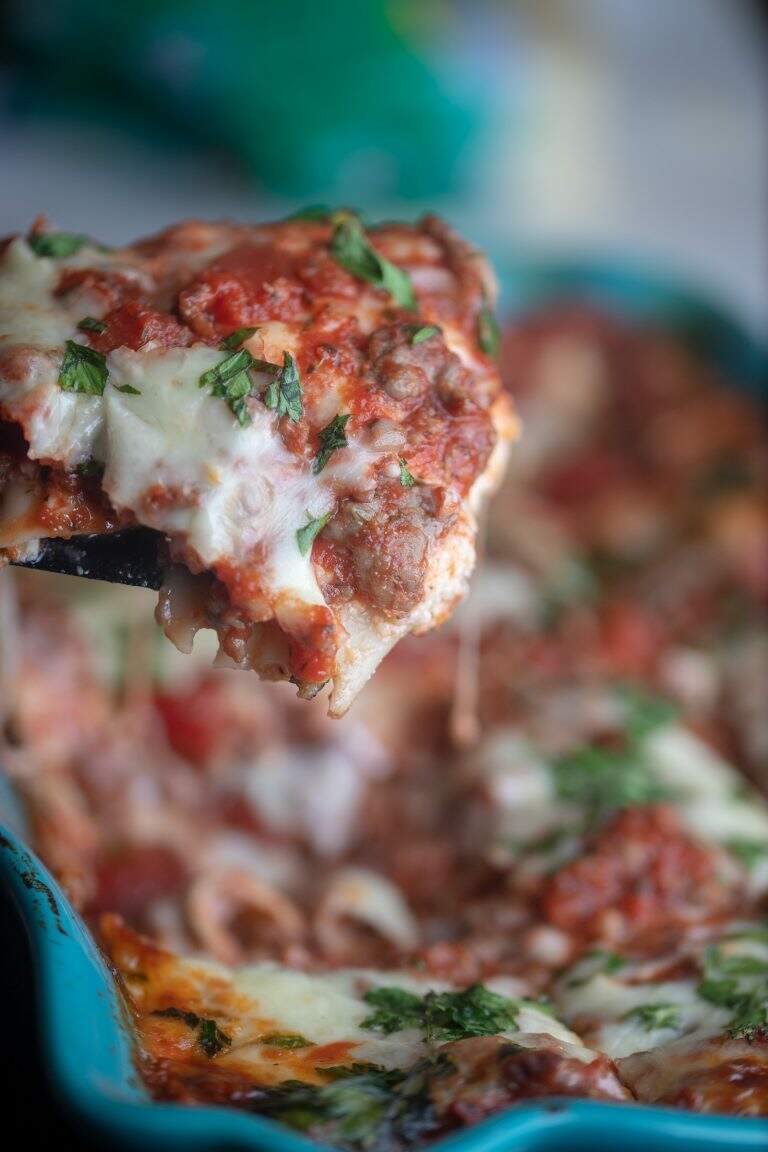
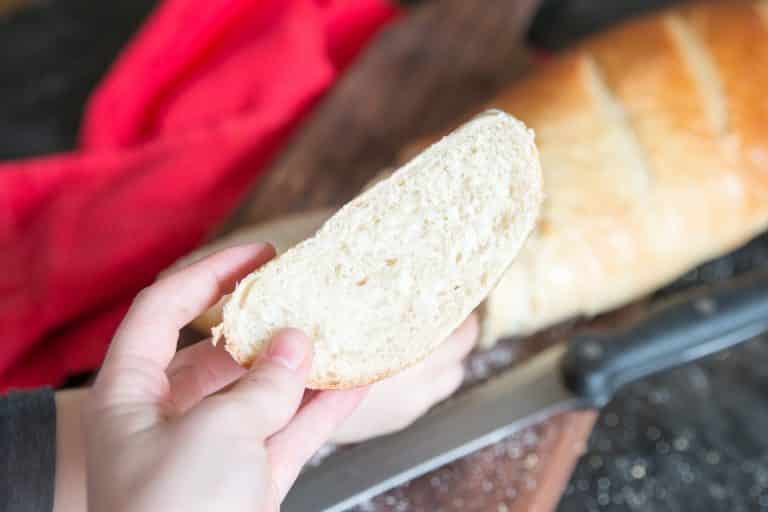
Has anyone tried this recipe and figured out the discrepancies? First, how many eggs? The recipe says one, but the directions say add “egg, [and] egg yolk”? Second, what is the yield? The recipe says 12, but the directions say cut into 18 1-inch pieces.
Hey, thanks for pointing out those errors! I updated the recipe to be correct 🙂 Cheers!
it doesn’t show when to put in yeast and I put 3, c and the dough it so dense.
Sorry for the confusion, there was a typo in this recipe about the yeast. It’s been updated now!
Thank you for the great ideas! In your preferred method, how long have you delayed baking and had success? Just overnight? Or have you ever stretched it to two nights?
I don’t think I’d stretch it to two nights, but you can always try it! I’d be afraid of it over-rising but if it doesn’t look too puffy in the morning you might be able to wait longer 🙂
If I am traveling can I use the final method of putting them in the refrigerator at then transfer to a cooler to travel?
If the cooler is nice and cold I think this would work. If not, I’m afraid the rolls would rise too much.
What does this mean? “When you are ready to bake, bake at 350 in a cold oven for 25-30 minutes until baked through.” Are you saying to start them in a cold (not preheated) oven? (That would be odd for baked goods.) Or are you saying that 350 is a relatively cold oven for cinnamon rolls? (If that’s the case, the “cold oven” comment seems redundant and confusing.)
Starting in a cold oven is correct. Yes it’s unconventional, but doing so lets the rolls get a little extra rise before they start baking because the cold dough takes a long time to rise. Thanks for your question.